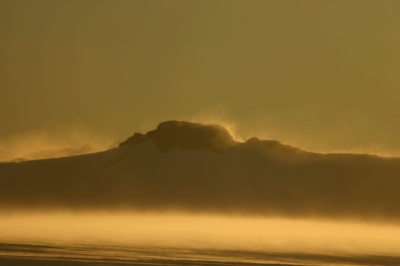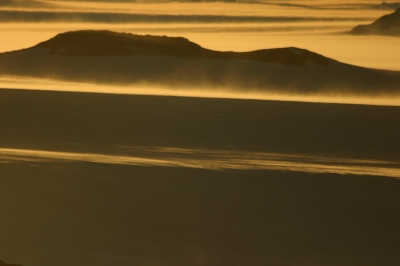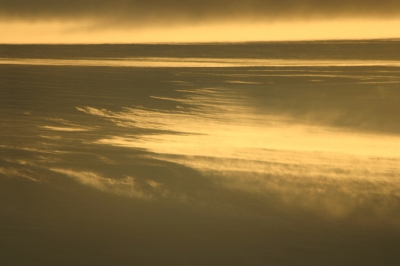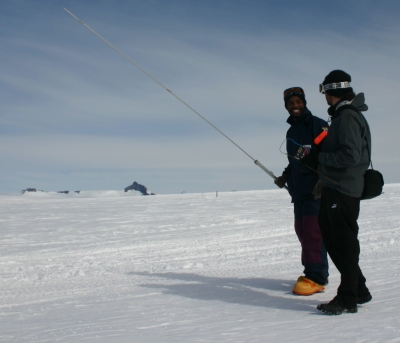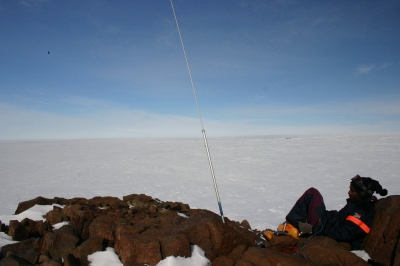I-TASC expedition 2006/2007
Ambitious Elements
Today is the day Remmy and I got ambitious with the antenna building. We decided we were going to go and build a much stronger yagi antenna after being encouraged by the success of the first design. So we loaded up the yagi design program and designed an antenna with 8 elements which gives us 14 dBi gain. The first antenna we had was 7.9dBi and the one we made a few days ago was 12.2 dBi. So if this works, it’s going to be quite a significant improvement.
We decided to use an all-metal boom which changes the design a little bit. With 8 elements, the lengths we had to cut are as follows:
LENGTH BOOM POSITION 144mm 120mm 142mm 179mm 140mm 250mm 138mm 331mm 136mm 423mm 135mm 521mm 133mm 625mm 132mm 733mm
Additionally, we needed what is known as a ‘reflector’ which is 170mm long and placed at 30mm on the boom, and ‘radiating element’ which is 148mm and placed at 96mm on the boom. So Remmy worked on the elements (and reflector and radiator) and I worked on the boom.
All materials are recycled from the HF Radar at the back of the base. The boom was a little more tricky to drill holes in than the PVC and with less room for error but with a little hacking, we got it looking pretty good.
Then we inserted all the elements at and pop-riveted them to the boom.
Last to add was the ‘radiator’ as this needs to be insulated from the rest of the antenna. We searched around and within a few minutes I found a small piece of electrical cable which we stripped and it fitted perfectly over the radiator.
So, now we have a very robust antenna which should deal with the high winds pretty well. If it works (will be tested in the next few days), we will use the PVC antenna inside and the larger one we built today at the unit.
Advice from the bottom of a well, Part II : Coffee, Computers, Correspondence
Coffee
If you are on your way to Antarctica, one thing you will already know is that there aren’t many espresso cafes here. Worse than a continent without espresso is the coffee at the base. By the time you get to the base you are drinking the leftover packets of last year’s filtered coffee… eeek… so you need a solution for your caffeine addiction and here it is
This is a portable one cup espresso maker… you just unscrew the top, clean the filter, pour in the water, add the coffee, and plug it in. It takes about 3 minutes before you have excellent espresso. The important thing about this gadget is that it runs off electricity. You won’t get much of a chance to access the kitchen, so any ‘stove top’ espresso makers are out… a coffee press is also a good strategy but this one is better 😉
Computers
Ok, well the thing is, you need to come with as much software as possible as there is no chance to download software over a 1K connection… If you run Windows or Mac then you just need to try and think what you need in advance and download it before you come… If you are slightly geeky then you are in a better situation. The best idea is to install Debian as it’s super for portability. Once Debian is installed, you need to download all the CD sources from a Debian mirror and copy the contents of these disks to your computer. Then you can apt-get install any software you want straight off your hard disk without needing to download anything…
This is a _major_ advantage, and if you feel like going the Linux way then it would really be worth getting familiar with it before you go installing it and considering this strategy.
Correspondence
If you are coming here, there are a few things you should do before you leave:
* download all your email
* unsubscribe from any email lists you might be on
* set up an auto responder (you will be about 2 weeks on the boat without mail access)
* ask someone to read your email and forward only the necessary correspondence
* setup your auto responder email message to tell all your friends *NO ATTACHMENTS*
* make sure you have a SPAM filter working which is server-side not client-side
Email here is actually functioning quite well (if you use an smtp client… don’t try and use something like Mutt or webmail which requires a direct connection to the net). The above steps are really for managing the travel here so when you arrive you don’t have to download 2000 emails. Once here, you can operate pop-email more or less normally.
If you want to chat with someone in real-time, it’s not impossible over the 1K connection. You need to use ‘internet relay chat’ (IRC). It is a super lightweight system for text chat, and sends minimal data over the network. You can then chat away very easily in real-time, even over this slow connection. Forget Aim, Gaim, MS Chat (or whatever it is), Skype etc…they will not work. If you don’t know what IRC is, then please google it before you come, and train yourself and those you want to chat with before you come here. IRC has been excellent for me, I chat with my girlfriend Lotte a couple of times a week for some hours with occasional timeouts: this has been especially good, considering they only allow 2 calls a week for 10 minutes each (and these are mostly only to South Africa unless you are lucky).














